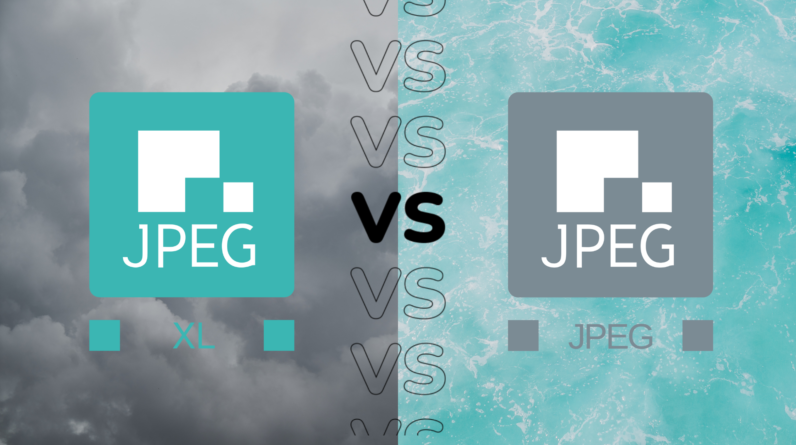
Apple recently brought JPEG XL support to its iPhone line with the iPhone 16 series, but how does the JPEG XL format compare to JPEG?
You might presume that the ‘XL’ in JPEG XL stands for “extra-large”, but this isn’t the case at all. In fact, JPEG XL files are smaller than JPEG files, while also addressing some of the limitations of the popular JPEG format.
Apple isn’t the only company that has brought JPEG XL onboard in recent years. Samsung announced support for JPEG XL across the Galaxy S24 series earlier this year.
The question is, how do JPEG XL files compare to JPEGs?
JPEG XL files preserve more detail
There are 30 years between the introduction of the JPEG standard in 1992 and JPEG XL in 2022, meaning there’s been plenty of time to improve upon the standard.
JPEG XL images are visually lossless, meaning they preserve much more detail during compression. Whether you’re snapping a new photo or converting an existing one, JPEG XL will ensure the image quality doesn’t take a hit in the process.
JPEG XL offers improved colour accuracy
JPEG XL images also boast better colour accuracy than JPEG images. This is thanks to the wider colour gamut and HDR support enabling a better replication of colours and a higher dynamic range.
This goes for everything from photographs to illustrations and digital art.


JPEG XL files are smaller
Another major benefit to JPEG XL files is their smaller size.
JPEG XL files can be up to 55% smaller than standard JPEG files. Not only does this mean they take up less space on your device or cloud, but it also makes them quicker to transfer and faster to load on the web.
The JPEG format is supported more universally
The biggest drawback to JPEG XL (right now) is that the format is still growing in popularity. This means it isn’t supported on every device, app or website as standard just yet.
JPEG, on the other hand, is an immensely popular file format that has been around for three decades. You’ll struggle to find an app or device that won’t support or display JPEG images.
Verdict
JPEG XL offers numerous benefits over JPEG when it comes to image quality, colour accuracy and file size. However, it’ll take some time before the format is supported as universally as the well-established JPEG format is.






